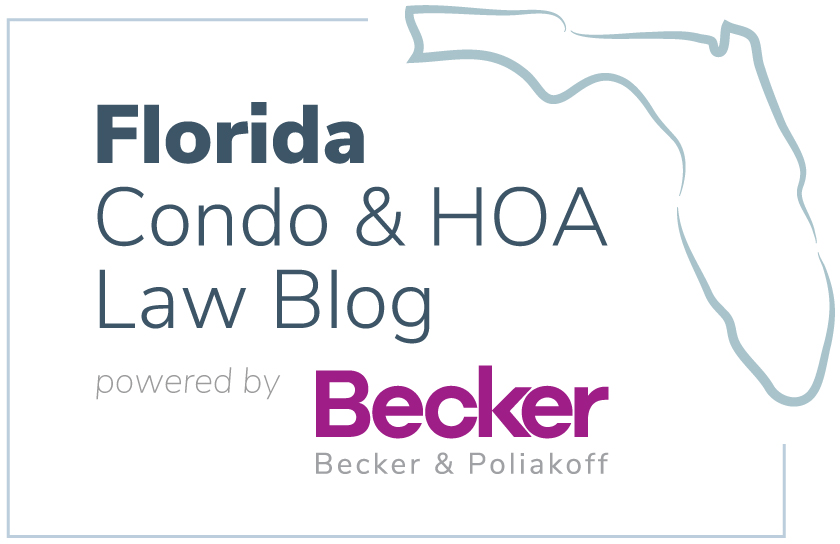
What does a Homeowners Association, under Chapter 720, Florida Statutes, need to bear in mind when evaluating architectural modification requests from its members?
In the case, Young v. Tortoise Island Homeowners Association, Inc., the court reasoned that, in the absence of an existing pattern or scheme of architecture which puts purchasers on notice that only one kind of style will be allowed, disapproving modification requests for purely aesthetic reasons will not be upheld. Although the Tortoise Island Homeowner’s Association did not prevail in Young, the court’s reasoning has nevertheless been used by associations to argue that architectural control powers include the authority to reject modification requests that are clearly at odds with the existing pattern and scheme of architecture in the community and that would not have been foreseen when the architectural standards were being developed.
In addition to case law, Section 720.3035, Florida Statutes, permits a Homeowners Association authority to review and approve plans and specifications for the location, size, type, or appearance of any structure of other improvement on a parcel and to enforce same to the extent the authority is stated in its declaration or reasonably inferred as to such location, size, type, or appearance in either the declaration or other published guidelines authorized by the declaration.
Homeowners Associations should also consider whether granting a modification request would result in the impairment of an easement or in the violation of a setback requirement. HOAs are typically built upon platted subdivisions that sometimes have specific easements areas reserved for purposes such as drainage, utilities, access, preserve areas, buffer areas, etc. Approving architectural modifications that will result in impairments of these easements should be avoided. Similarly, Section720.3035(3), Florida Statutes, adopts county or municipal setback requirements unless HOA declaration or published architectural guidelines and standards provide otherwise. An HOA should avoid approving modification requests that will result in setback violations.
An additional consideration is whether the association has previously approved or tolerated a modification that is the same as the one that is being requested. While having done so does not always eliminate the association’s ability to withhold approval, having previously approved or tolerated the same modification will give rise to a series of highly fact-specific legal inquiries, and guidance from the association’s attorney should be sought when processing requests under such circumstances if denial is desired.
Section 163.04, Florida Statutes grants parcel owners the right to install “devices based upon renewable resources” and prohibits HOAs from withholding approval for such installations. What items fall within the statute’s protections is subject to debate, and legal advice is encouraged when processing requests based on this statutory section.
Lastly, associations should be mindful of any deadline to disapprove a modification request before it is deemed automatically approved by operation of the governing documents. An association cannot ignore any response deadlines that would result in automatic approval.
As described above, HOA architectural control matters can be a minefield, and associations are encouraged to obtain professional guidance when issues arise with administering this important community function.






Recent Comments